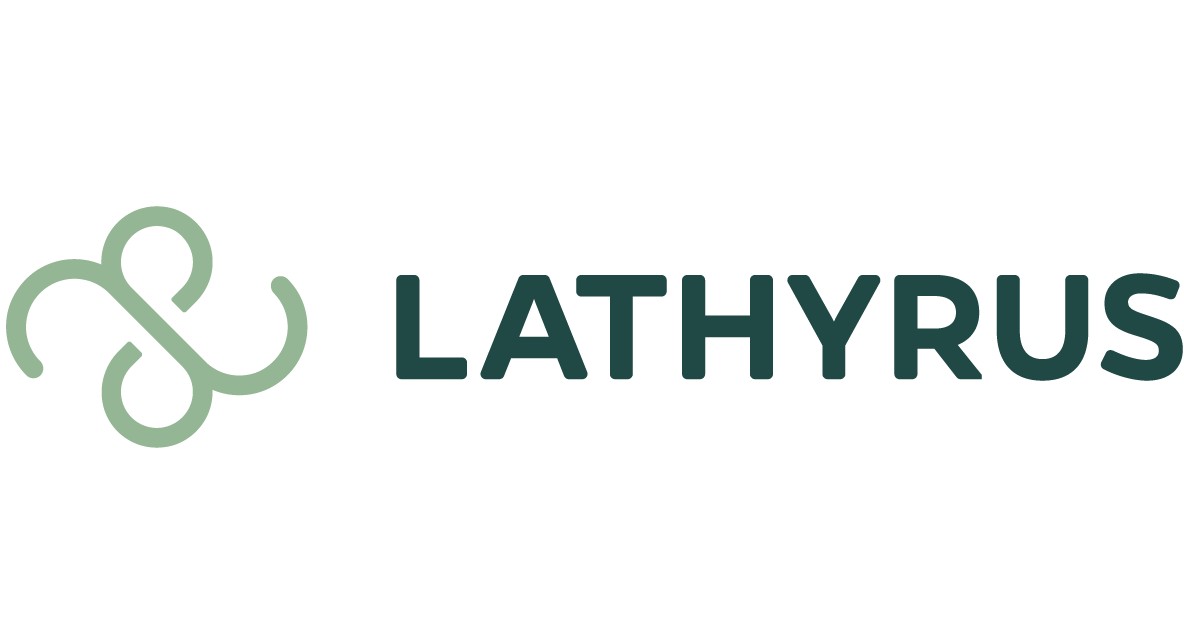Feeling stuck? Thomas Wedell-Wedellsborg thinks that’s because we don’t really know what the problem is — and I think he could be right.
It seems simple, doesn’t it? “I eat too much.” “I spend too much time on social media.” “My boss is micromanaging me.” “My direct report / colleague / client / vendor / spouse / child / parent / friend doesn’t understand.” “We don’t have enough resources.” “We’re not changing fast enough.” Of course we know what the problems are!
But then why do our attempts to solve those problems so rarely succeed? Why don’t I just eat less? Why do my advice and explanations fall on deaf ears? How do we get caught in such vicious cycles?
Problems can isolate us and inhibit our vision. I remember those times while rock climbing when I couldn’t find the next hold; the grip of fear, feeling panicked and stuck, the situation seemed impossible — and then my belay partner would point out a feature at the edge of my vision, I would reach out, the fear would ease, and I would be back in the flow again. I learned from those experiences how quickly and literally my focus could become narrowed.
In order not to fall prey to that narrowing, Wedell-Wedellsborg suggests that before we dive into solving or analysing the problem we think we have, we instead step back and look around.
- Look outside the frame. What other relevant information might we be missing?
- Challenge the goal. What outcome are we wanting to achieve?
- Examine the bright spots. Are there examples of when this is not a problem?
- Look in the mirror. What’s my contribution to this situation?
- Take their perspective. What does this look like from someone else’s point of view?
This process is even more powerful when we enlist others. Colleagues, mentors, friends, family members, a counsellor or coach — particularly those, like my belay partner, with an outside perspective or very different point of view — can ask great questions, see things we don’t, and expand our awareness. This doesn’t need to take much time.
What I most appreciate about Wedell-Wedellsborg’s work is its clarity and elegance. It’s one of my favourite ways to shift from problem to possibility. You can learn more on his website, https://howtoreframe.com/
Copyright © 2023 Lynn Thorsell, All rights reserved.
Photo by Ben Kitching on Unsplash
More Notes >> Five kinds of problems


